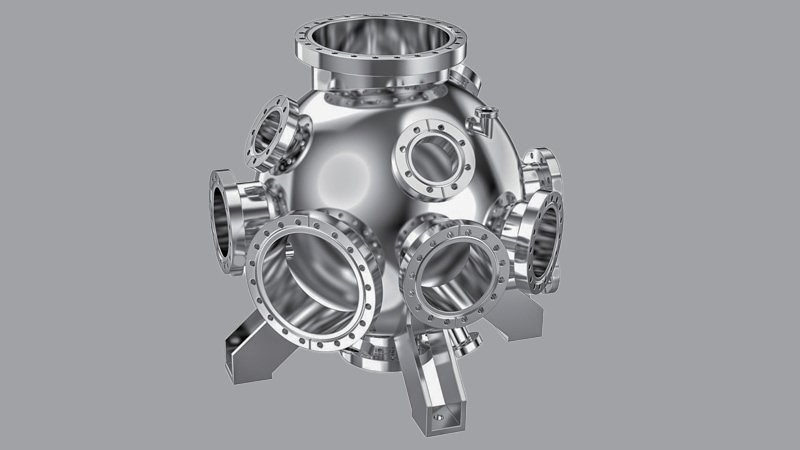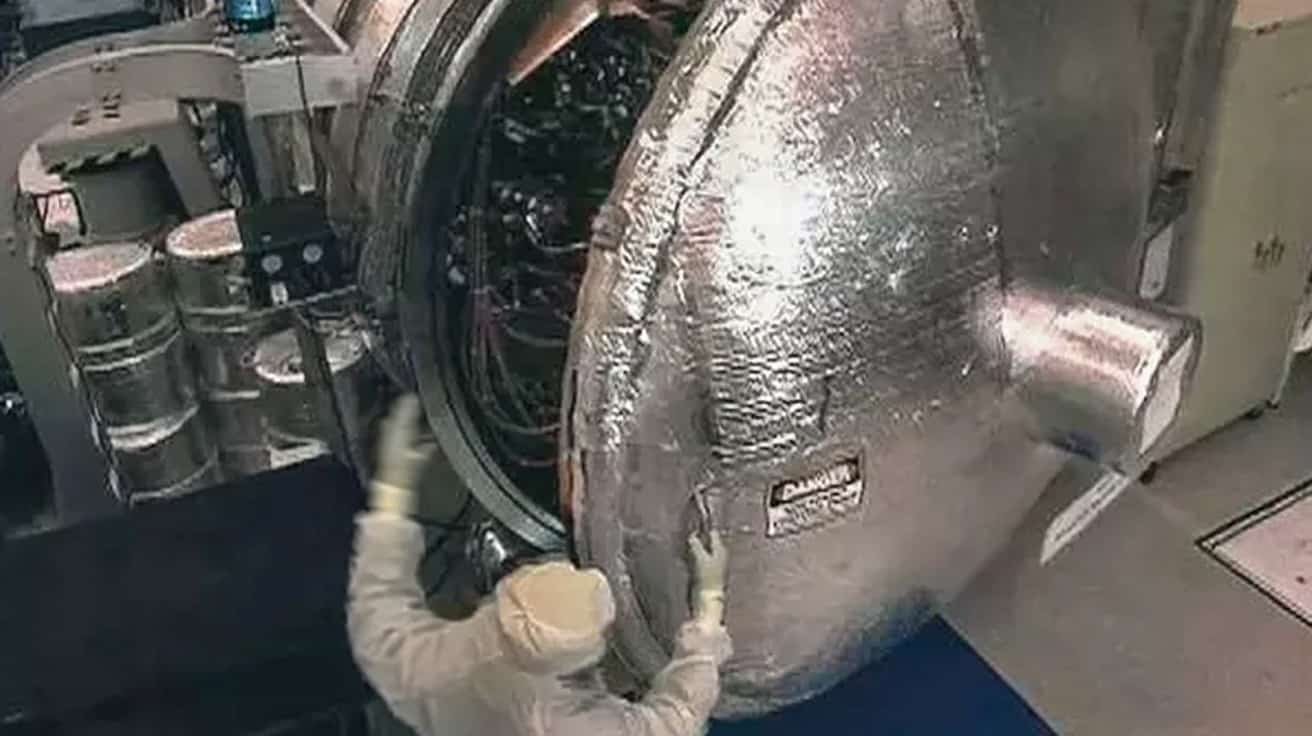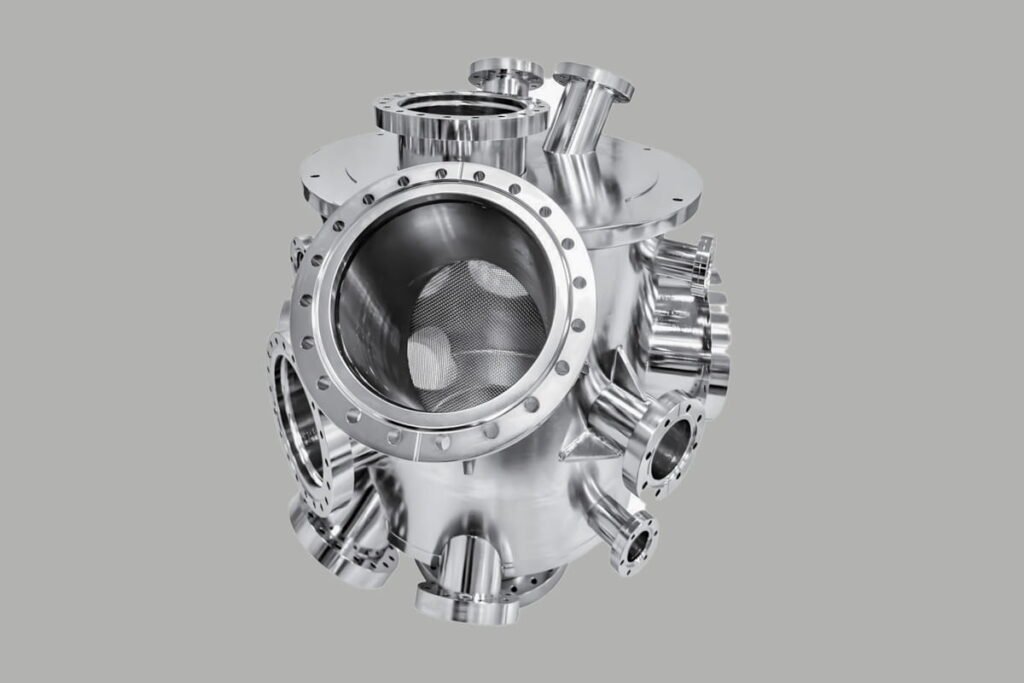You're designing a critical process, but your vacuum pump keeps hitting an invisible wall, unable to reach the deep vacuum you need. This frustrating, time-wasting problem often isn't the pump; it's the chamber material itself, slowly bleeding gas and sabotaging your work.
The best material is a direct function of your target vacuum level. Stainless steel is the undisputed choice for high to ultra-high vacuum. Aluminum is a lightweight, high-performance option for many applications. Acrylic is strictly for observation at low vacuum levels.

As someone who has spent their career in the vacuum industry, I can tell you that a vacuum chamber is not a passive box. It is an active component of your system. The wrong choice doesn't just hold you back; it actively works against you by being a constant source of contamination through outgassing. Making the right choice isn't about picking the most expensive option; it's about matching the material's properties to the physics of your application. Let's build your decision from the ground up.
Step 1: Define Your Vacuum Level and Application
Before you even think about materials, you must answer one question: "How deep does my vacuum need to be?" The answer dictates everything and immediately narrows your choices.
Your required vacuum level is the most critical factor. High and ultra-high vacuum applications have zero tolerance for outgassing, making stainless steel the default choice. Rough vacuum applications are far more forgiving, opening the door to other materials.

Outgassing is the release of trapped gases and water vapor from the surfaces of the chamber walls. In a high vacuum, this slow bleed of molecules acts as a "virtual leak," creating a gas load that your pump must constantly fight. If the outgassing rate is too high, your pump will never overcome it to reach lower pressures.
| Material | Vacuum Range | Best Use Case | Key Consideration |
|---|---|---|---|
| Stainless Steel | Rough to Ultra-High (UHV) | Research, semiconductors, high-purity processes | The gold standard for performance and cleanliness. |
| Aluminum | Rough to High (HV) | Portable systems, fast thermal cycling, prototyping | Excellent thermal properties but higher outgassing than steel. |
| Acrylic | Rough to Low Vacuum | Educational demos, process observation | High outgassing and risk of cracking; not for serious vacuum. |
| Glass | Rough to High (HV) | Laboratory chemistry, clean analytical systems | Excellent for cleanliness but fragile and size-limited. |
The Gold Standard: When Is Stainless Steel Non-Negotiable?
You're working on a sensitive process where purity is paramount. You cannot afford any contamination from your chamber, and you need to reach the lowest possible pressures.
Stainless steel is non-negotiable for ultra-high vacuum (UHV), semiconductor manufacturing, and any process where sample purity is critical. Its dense, stable structure has an extremely low outgassing rate, making it the only choice for serious vacuum work.

When a client's multi-million dollar research depends on a clean environment, I don't present options; I specify stainless steel. But even here, details matter.
- The Workhorse (304 Stainless): This is an excellent, cost-effective choice for most high-vacuum applications. It's strong, easy to clean, and has very low outgassing.
- The Premium Choice (316L Stainless): For applications involving welding or potential corrosives, 316L is a must. The "L" stands for "low carbon," which prevents a phenomenon called carbide precipitation at the weld seams. This is where carbon bonds with chromium during welding, depleting the chromium and creating a weak point that is prone to corrosion and leaks. The addition of molybdenum in 316L also gives it superior resistance to chlorides.
The Lightweight Contender: Is Aluminum Right for Your Project?
Your project requires a chamber that is easy to move, or one that needs to be heated and cooled quickly. You need good performance, but the weight and cost of stainless steel are a concern.
Aluminum is an excellent choice for portable systems or applications requiring rapid temperature changes (bake-out). Its high thermal conductivity and low density are major advantages, but you must be prepared to manage its higher outgassing.

I once worked with a research group that needed a portable vacuum system for field analysis. A stainless steel chamber would have been far too heavy. We sourced a custom 6061-T6 aluminum chamber for them, and it was the perfect solution. Its light weight was crucial, but its high thermal conductivity was the real hero. It allowed for a much faster "bake-out"—the process of heating the chamber to drive off trapped water vapor—which significantly cut down their preparation time in the field. The main drawback of aluminum is its natural oxide layer, which is porous and loves to trap water. However, this can be managed with surface treatments like electropolishing or special anodizing to create a denser, less porous surface.
The Window to Your World: The Truth About Acrylic & Glass
You absolutely must see what is happening inside your chamber during the process. Visibility is your number one priority, but you can't sacrifice the entire experiment.
Acrylic is for visual demonstration at low vacuum only. It scratches easily, can crack under stress, and has a very high outgassing rate. For serious laboratory work requiring visibility, borosilicate glass (like Pyrex) is the superior transparent choice.

I strongly caution clients against using acrylic for anything beyond educational demos or very rough vacuum work. It is permeable to gases and cleaning it with the wrong solvent (like alcohol) can cause "crazing"—a network of fine cracks that will ruin its integrity. For true laboratory work, a glass bell jar or a custom glass chamber is the professional's choice. Glass has a very low outgassing rate (after cleaning) and is impermeable, offering the performance of a metal chamber with the benefit of full visibility. Its only downsides are its fragility and limitations in creating complex shapes with multiple ports.
Beyond the Chamber: Don't Forget Seals and Shape
Your choice of chamber material is only half the battle. A perfect stainless steel chamber with the wrong shape or the wrong seals will still fail.
The chamber's geometry and sealing gaskets are as critical as the wall material. A spherical or cylindrical shape is inherently stronger against atmospheric pressure, and the seal material must be matched to the required temperature and vacuum level.

- Shape Dictates Strength: Atmospheric pressure exerts nearly 15 pounds of force on every square inch of the chamber's surface. On a flat lid, this force concentrates in the center, causing it to bow and fail. A curved surface, like a cylinder or a sphere, distributes this immense load evenly as pure compression, making it inherently stronger and safer. This is why you rarely see cubic high-vacuum chambers.
- Seals Dictate Leaks: Your system is only as good as its weakest seal. For rough to high vacuum, a Viton (FKM) O-ring is a fantastic, reliable choice. But for UHV, the outgassing from even Viton is too high. In these systems, you must use metal seals, typically oxygen-free copper gaskets that are crushed between two stainless steel knife-edge flanges to create a perfect, leak-tight, all-metal seal.
Final Thoughts
The vacuum chamber is not just a container; it's the foundation of your vacuum environment. A mistake in material, shape, or sealing is a crack in that foundation that no pump can overcome. Choose wisely.


